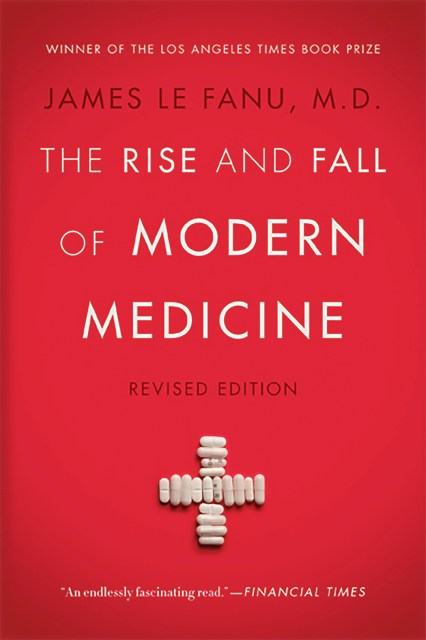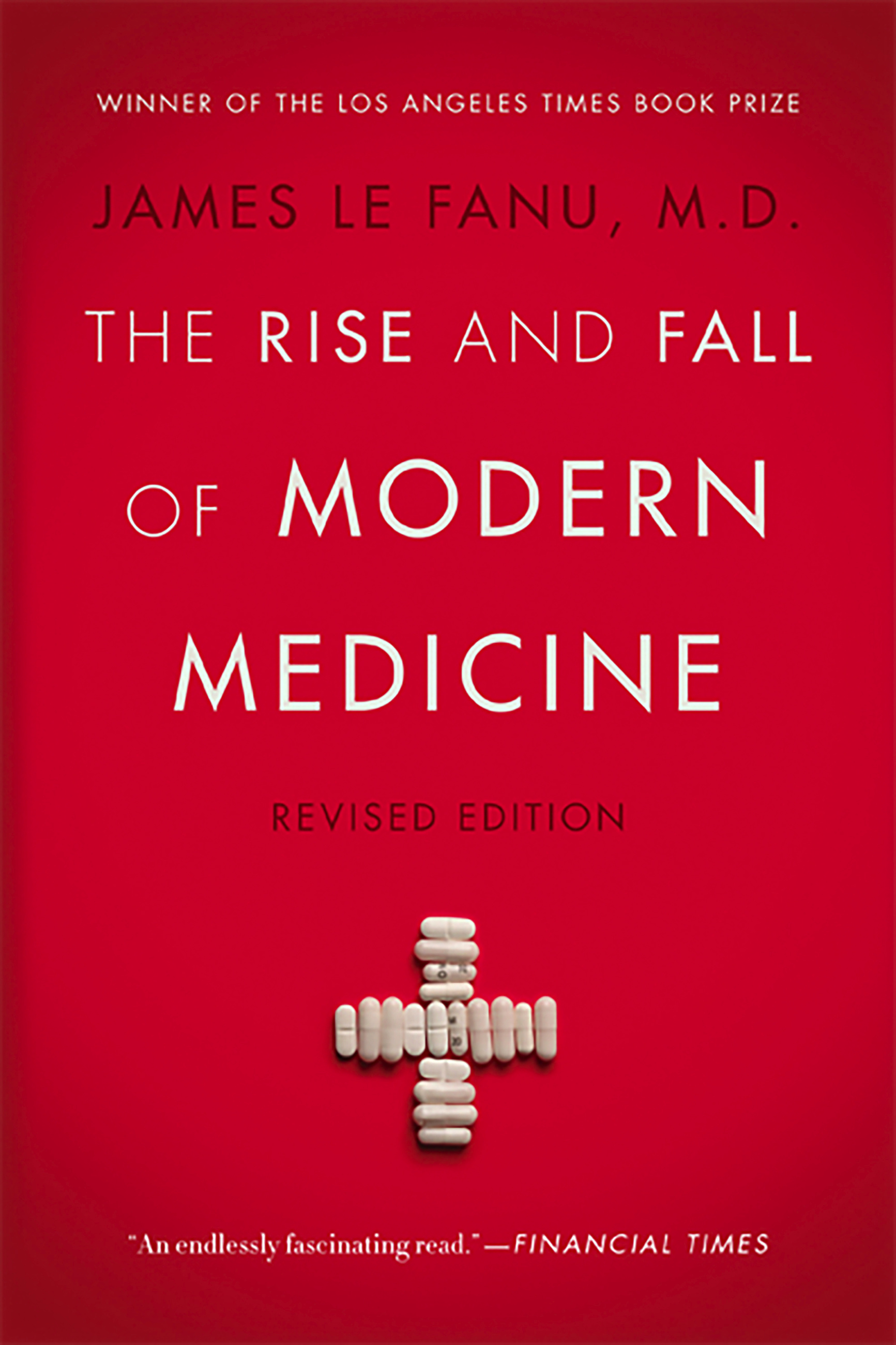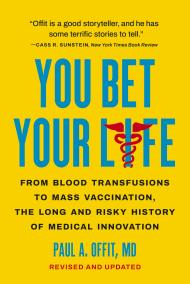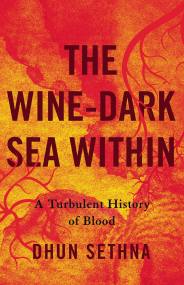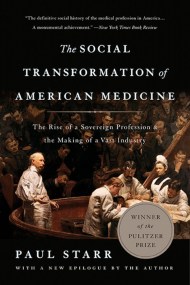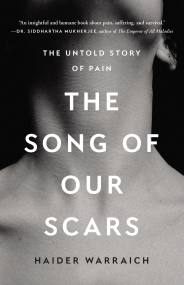Promotion
Use code BEST25 for 25% off storewide. Make sure to order by 11:59am, 12/12 for holiday delivery!
By clicking “Accept,” you agree to the use of cookies and similar technologies on your device as set forth in our Cookie Policy and our Privacy Policy. Please note that certain cookies are essential for this website to function properly and do not require user consent to be deployed.
The Rise and Fall of Modern Medicine
Revised Edition
Contributors
Formats and Prices
- On Sale
- Nov 6, 2012
- Page Count
- 608 pages
- Publisher
- Basic Books
- ISBN-13
- 9780465058952
Price
$22.99Price
$28.99 CADFormat
Format:
- Trade Paperback $22.99 $28.99 CAD
- ebook $13.99 $17.99 CAD
This item is a preorder. Your payment method will be charged immediately, and the product is expected to ship on or around November 6, 2012. This date is subject to change due to shipping delays beyond our control.
Buy from Other Retailers:
In the years following World War II, medicine won major battles against smallpox, diphtheria, and polio. In the same period it also produced treatments to control the progress of Parkinson’s, rheumatoid arthritis, and schizophrenia. It made realities of open-heart surgery, organ transplants, test-tube babies. Unquestionably, the medical accomplishments of the postwar years stand at the forefront of human endeavor, yet progress in recent decades has slowed nearly to a halt.
In this judicious examination of medicine in our times, which has won the Los Angeles Times Book Prize, medical doctor and columnist James Le Fanu both surveys the glories of medicine in the postwar years and analyzes the factors that for the past twenty-five years have increasingly widened the gulf between achievement and advancement: the social theories of medicine, ethical issues, and political debates over health care that have hobbled the development of vaccines and discovery of new “miracle” cures.
While fully demonstrating the extraordinary progress effected by medical research in the latter half of the twentieth century, Le Fanu also identifies the perils that confront medicine in the twenty-first century.
“[From] a respected science writer . . . important information that . . . has been overlooked or ignored by many physicians.” —New Republic
“Provocative and engrossing and informative.” —Houston Chronicle
Genre:
Newsletter Signup
By clicking ‘Sign Up,’ I acknowledge that I have read and agree to Hachette Book Group’s Privacy Policy and Terms of Use
